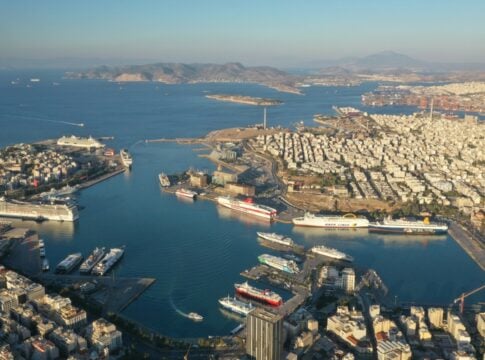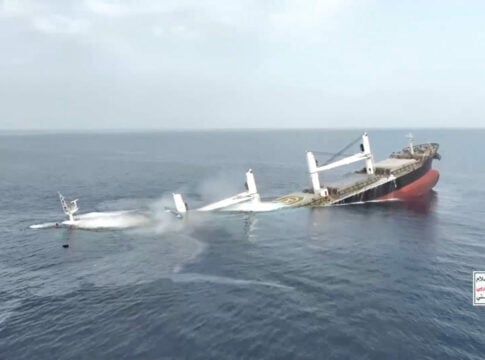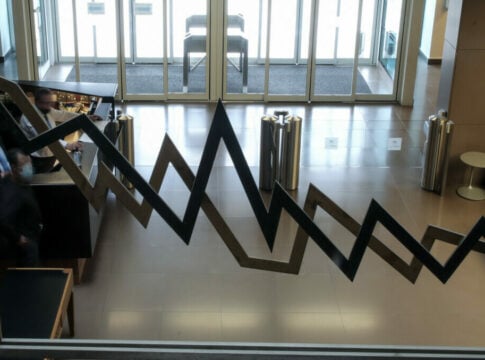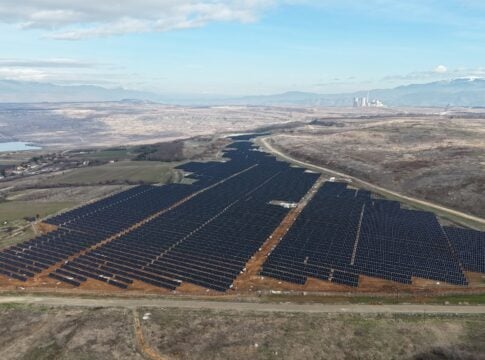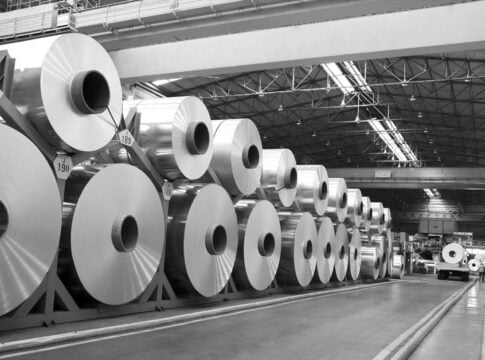The shipbuilding market is gradually showing signs of fatigue, with brokers stressing that after three years of robust orders and strong investment activity, the data reflects a decrease in both the orderbook and the prices of new vessels.
In its analysis, Clarksons Research revealed an impressive 57% decrease year-on-year in demand for new ships, a fact that has already begun to affect prices downwards.
Specifically, since the beginning of 2025, the prices of new vessels have decreased by 1.2%.
However, as the brokerage added, although this is a relatively small decrease, it signals a reversal of the trend, as until recently prices were at historically high levels.
According to the same data, individual sectors exhibit different behavior.
Tankers have received the greatest price pressure with prices having fallen by 5% since the beginning of 2025.
Bulk carriers follow with a decrease of 2.2% and containerships with 1.4%.
This decrease reflects the significant drop in demand in specific sectors and the beginning of the cycle of price de-escalation, albeit from high starting points.
As highlighted in the monthly report of Danish Ship Finance, the weakening of demand will continue at least in the short term.
In this context, the reduced interest from shipowners, combined with a drop in freight rates -as it was at the beginning of the year-, increases competition between shipyards for new orders. In fact, the situation is characterized as particularly critical for smaller shipyards that have not secured long-term contracts.
According to the BRS analysis, a further slowdown in freight transport markets is predicted, which could delay or even “freeze” investment decisions.
“We expect that global uncertainties will continue and the increased momentum of the shipbuilding industry will put downward pressure on the prices of new vessels. The reduction could exceed 10% by 2025, depending on the type and size of the ship,” BRS noted.
The data house VesselsValue also reports low mobility in the commercial shipbuilding sector, with data recording just 369 new orders for bulk carriers, tankers, containerships and liquefied natural gas carriers (gas carriers) during the period January – April 2025.
Compared to previous years, as the data shows, a drop of 37% is recorded compared to the corresponding period in 2024, during which 590 orders were placed.
Compared to 2023, when 500 orders were placed in the same period, the decrease reached 26%.
According to VesselsValue, in 2025 the following have been ordered:
- 136 bulk carriers, a number reduced by 18% compared to last year.
- 97 tankers, a 66% drop compared to 2024.
- 23 gas carriers, compared to 125 in 2024, a decrease of over 80%.
An increase is recorded only in containerships: 113 compared to 18 last year.



